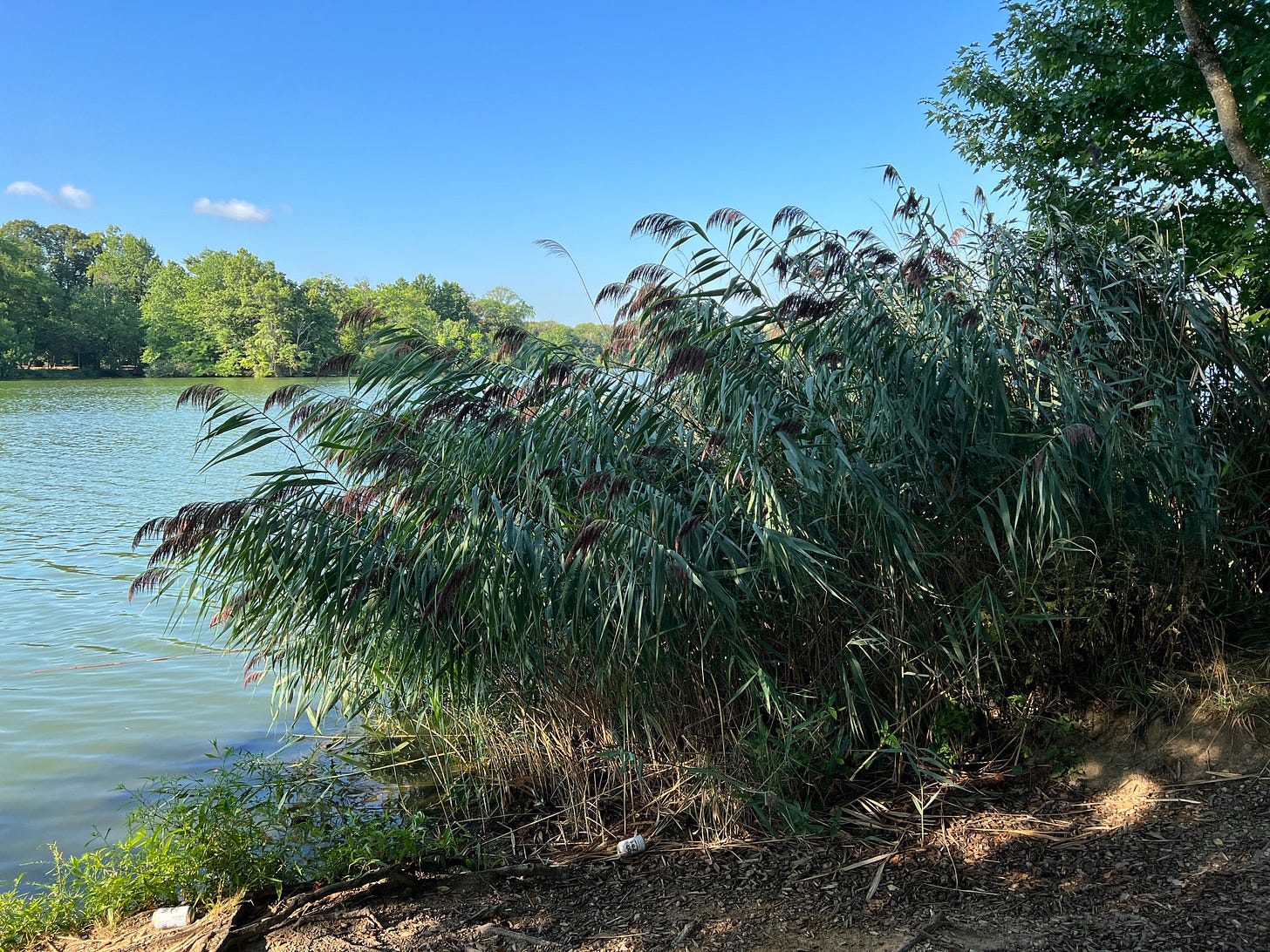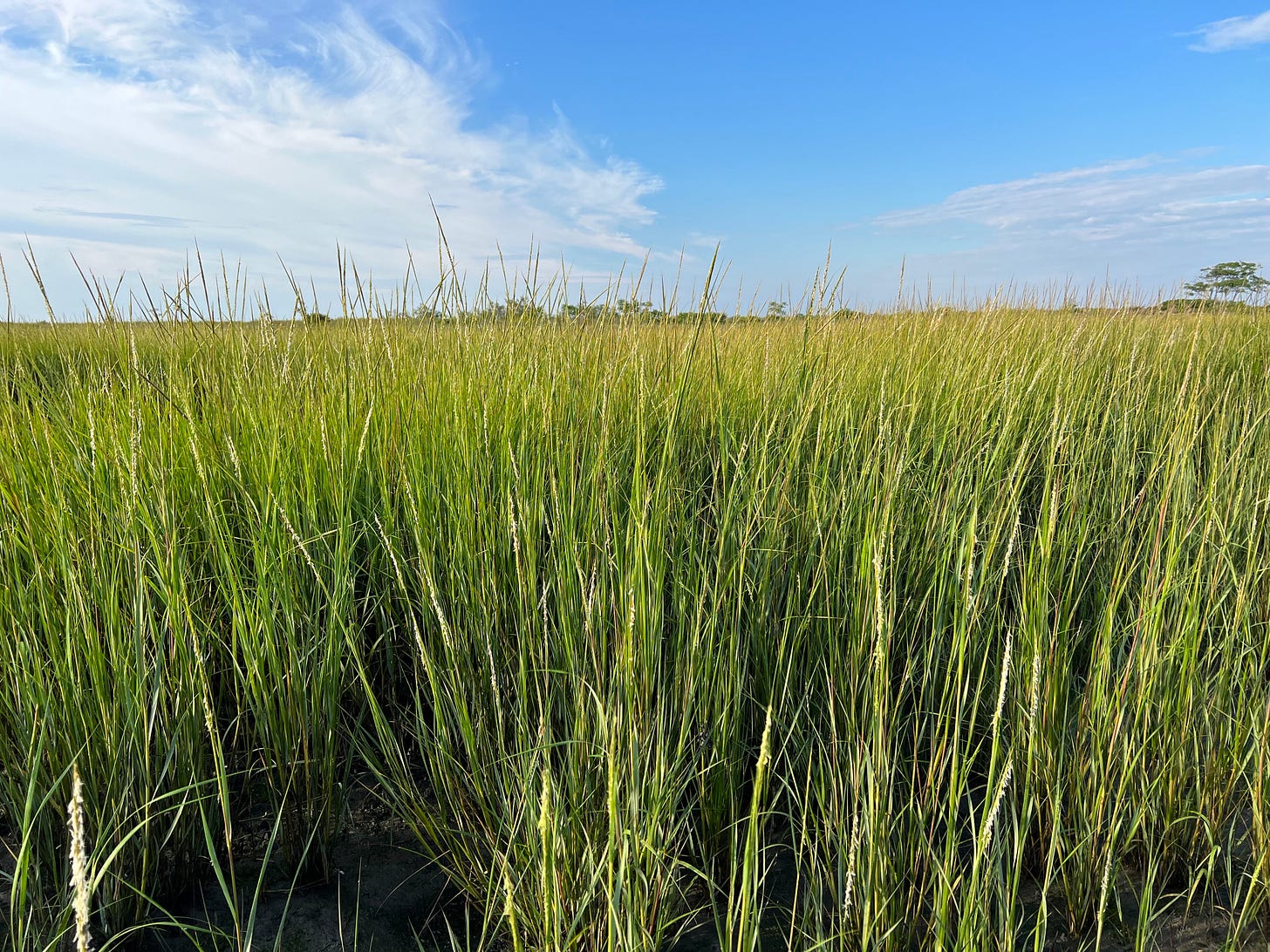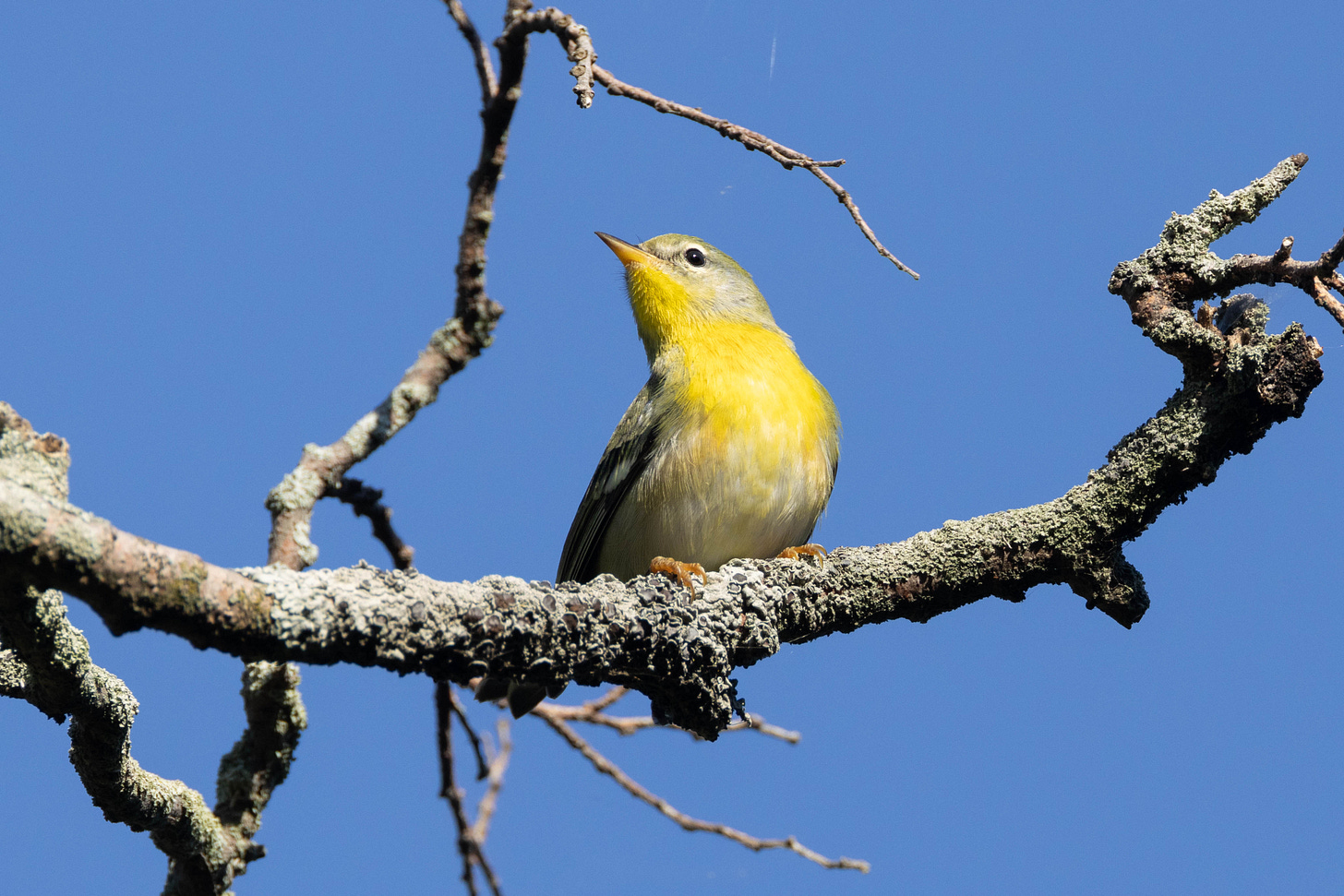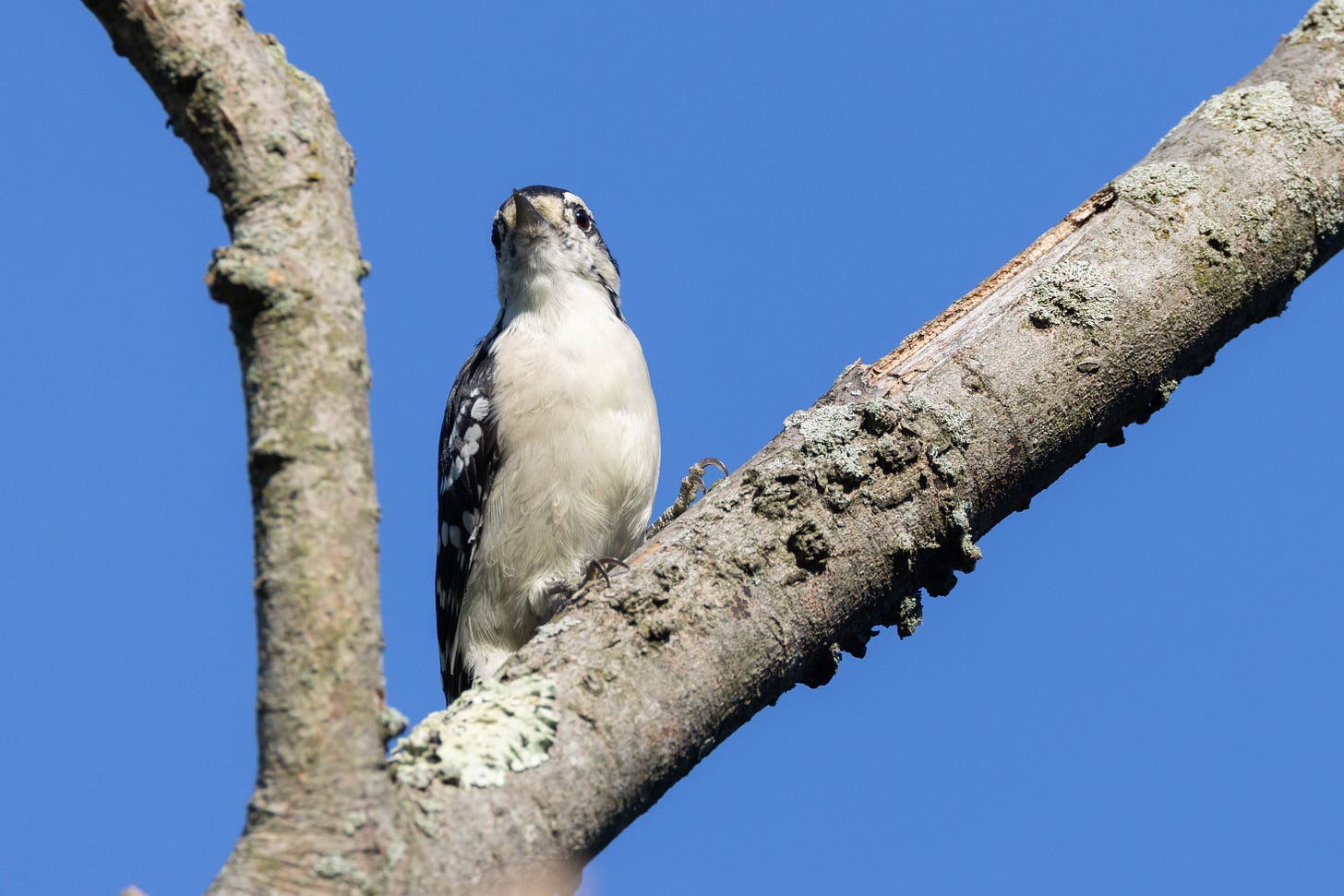most american nature lovers think the same thing when they see a patch of invasive phragmites: “damn, that sucks.” but i recently learned—just short of hurricane sandy’s tenth anniversary, no less—that phragmites had a uniquely protective effect against storm surge in one nyc suburb.
if you’ve ever been to piermont village, ny, you’ve probably noticed two things. first, it has a huge pier that juts way out into the hudson river, and second, that the whole town is overrun by phragmites reeds, with a big marsh on its coast. folks there are thinking about restoring the marsh, replacing those invasive reeds with other native marsh grasses. but before they do that, they want to know what role the phragmites has in protecting the town from storm surges. and models seem to suggest that invasive phragmites does a better job than native grasses would.
i think you’d recognize phragmites australis if you saw it; it’s the tall, blue-green reeds with tufts on top that forms vast reed fields in wet areas. we have our own north american subspecies of phragmites australis, but it’s piddly compared to the european subspecies, which grows more quickly and densely than the native one. the invasive phrags outcompete other marsh grasses to create impenetrable stands.
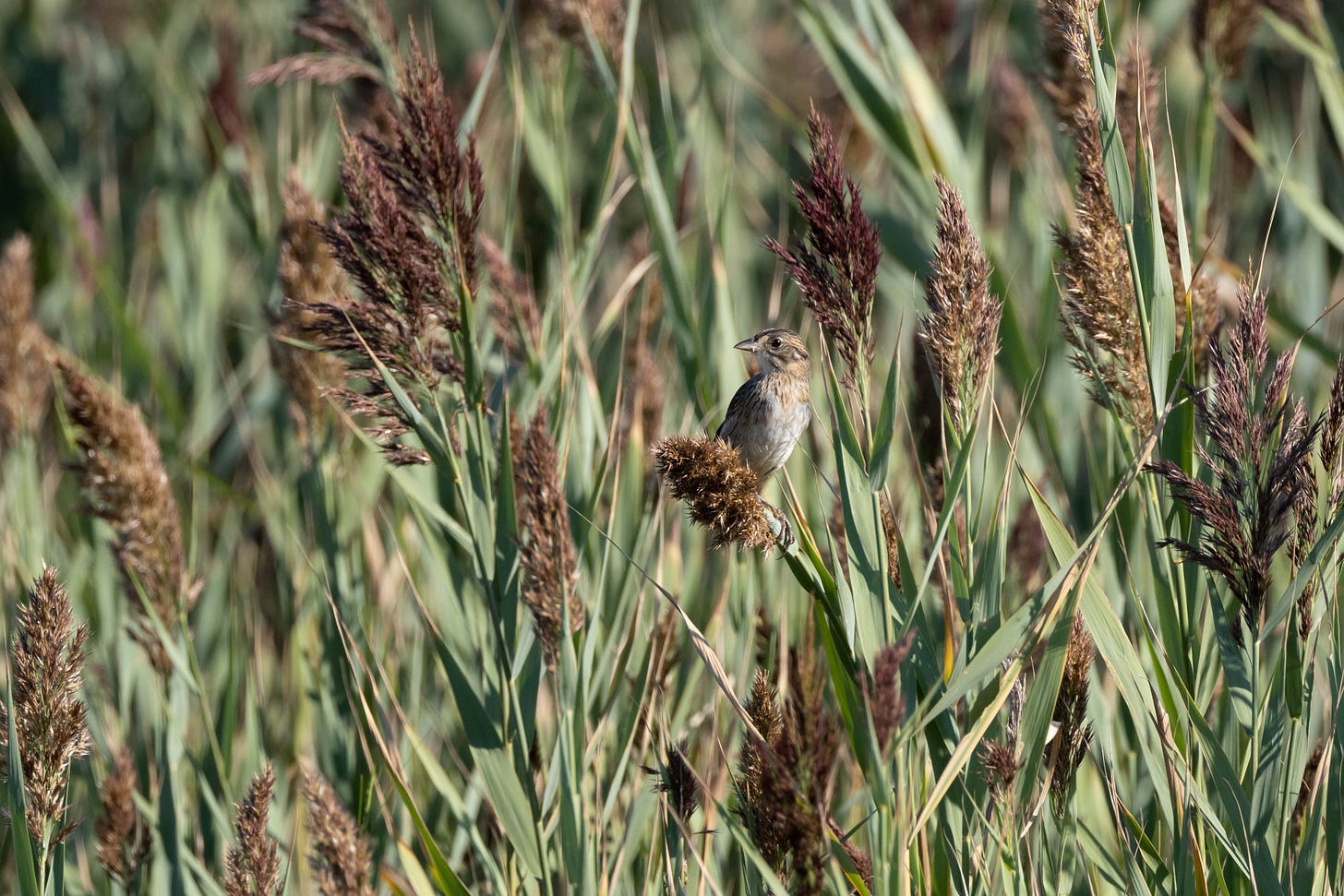
eurasian birds like the bearded reedling and great bittern have evolved to take advantage of these stands, but in the us, most of our marsh animals don’t really know what to do with phragmites and hang out there only incidentally. instead, you’re more likely to find our marsh birds in stands of native cattails in freshwater, or cordgrass in saltwater. so, when it comes to picking a preferred marsh grass in the usa, most people would agree that “native grass good, invasive grass bad.”
when it comes to flood protection, it’s a different story. we think of coastal marshes as offering a buffering against storm surges, since they can act like a wave-reducing barrier when there’s a lot of extra water around. but hurricane sandy was uniquely bad. one recent paper found that sandy’s surges were so high that new jersey’s vast native cordgrass marshes didn’t provide any protection.
a new paper, led by researcher y. peter sheng at the university of florida, models how the impact of sandy on piermont would have changed based on the composition of piermont’s marsh. they estimated that if there were no marsh there, the total dollar amount lost would have increased by 8%, caused by 26% more wave-induced damage. cattail would have had the same protective effect as phragmites during the autumn. but if the storm had struck during the month of may, then cattails would have been in the non-growh season and wouldn’t have provided much value. in a second paper, sheng’s team found that a phragmites marsh could continue reducing structural loss to storm surges by over 10% until 2050.
there’s a caveat: models require estimates and assumptions which put them at odds with reality. their model didn’t include damage from wind, for example. reducing uncertainty for a model like this would require investigations into other aspects of storms and the kind of damage they do.
but if we take the model for what it is, we’ll have to rethink our stance on phragmites. for the near future, at least, it seems that invasive phragmites is uniquely equipped to mitigate the effects of storm surges on coastal towns, and marsh managers might continue including it as part of climate resiliency plans.
this tradeoff is ultimately one of temporary stop-gap measures…thanks to climate change, of course. that second paper found that if the worst-case sea level rise scenario manifests, then piermont’s phragmites marsh won’t have any protective effects by 2080-2100, just like how new jersey’s cordgrass marshes no longer offer protection against the worst storm surges today.
more than anything, i wish we’d actually just work to stop climate change from happening. it’d be great if we could focus on protecting native marshes and native marsh wildlife without having to ask whether they can withstand insane storms and higher sea levels they’d never have to withstand otherwise. but that’s not the world we live in, i guess.
postscript
here are some nice animals i encountered last week


